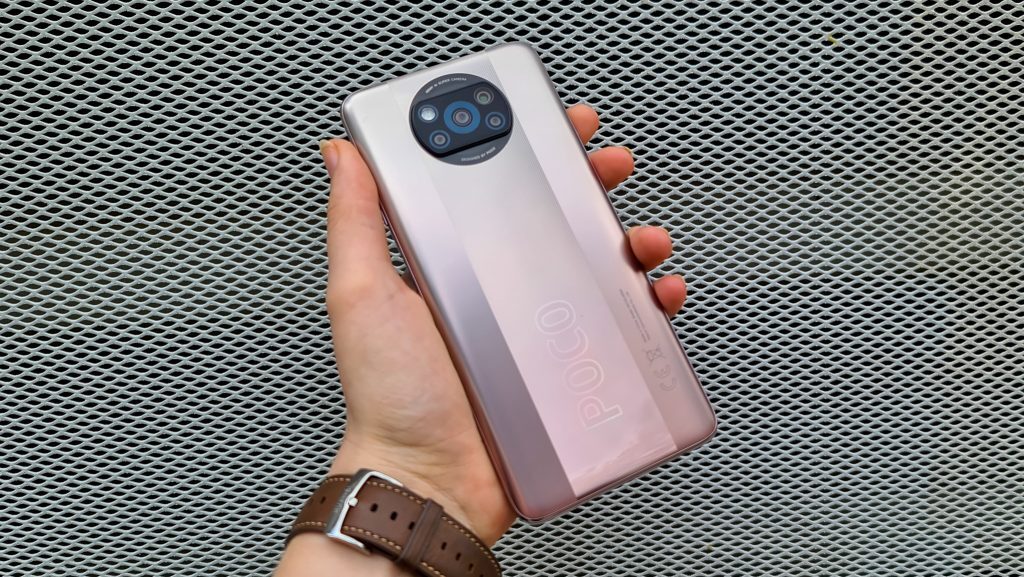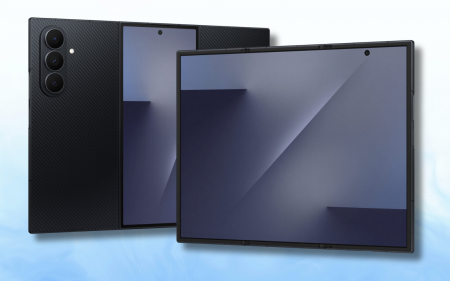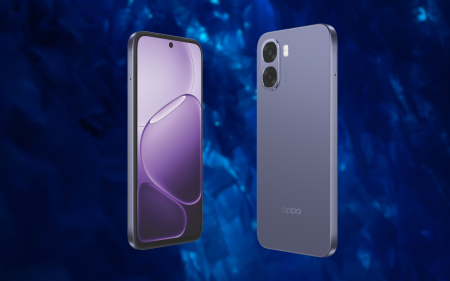It’s so exciting to finally see the Poco brand in South Africa, and while it isn’t the prettiest handset, the X3 Pro offers a bucketload of value for its price. And that’s just going on the internal hardware.
-
Design
-
Performance
-
Camera
-
Value for money
No, you’re not going mad – South Africa’s smartphone market has changed quite a bit in the past two years. We now have access to a more diverse catalogue of smartphones, including Oppo, Vivo, Techno, Xiaomi and the latest entry: Poco.
A few years ago, Poco made headlines for offering exceptional hardware at a very competitive price. Unlucky for us, however, they were never readily available in the country. Being a sub-brand of Xiaomi, however, means that the brand is bringing its overpowered, affordable handsets to South Africa. Enter the Poco X3 Pro – a gaming handset that’s especially OP in the midrange segment.
The Poco X3 Pro lands from R5,800 – and that’s for the 6GB RAM and 128GB of storage. If you want 8GB of RAM and 256GB of storage, you’ll pay around R6,400. We reviewed the latter and considering the combination of specs here, you’re getting massive bang for your bucks.
Looks don’t matter
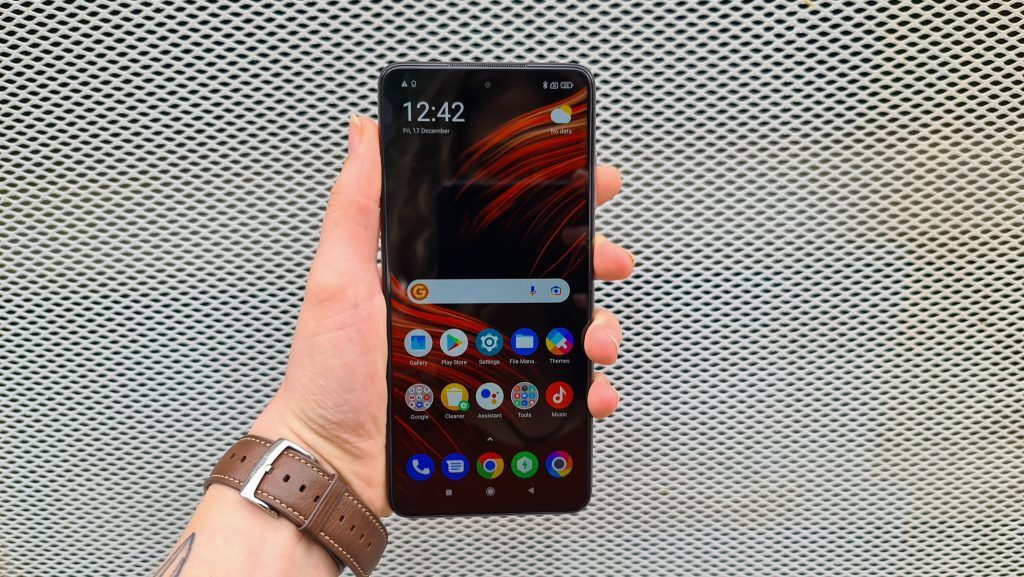
In this case, it’s important to put your preconceived ideas of what makes a pretty phone aside for a moment. You’re not getting this phone to make a fashion statement or show it off to your friends. Keep that in mind.
At first glance, it looks like any old glass sandwich you’d have encountered over the past few years. Upfront you get a speedy 120Hz 6.67in LCD capable of HDR10. It’s not the brightest and doesn’t offer those deep blacks you get on an AMOLED display. But it’s smooth as heck and offers a great gaming experience.
Up top, it’s got a hole-punch selfie cam, while the right side holds the fingerprint sensor/unlock button and volume rocker. It’s fitted with a USB-C port for charging and even a 3.5mm aux port.
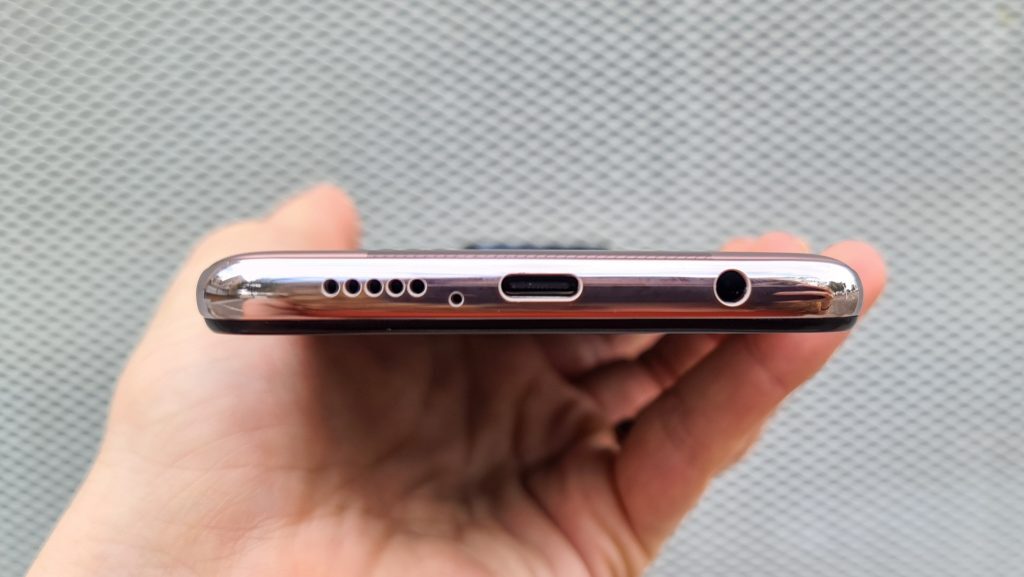
Flip it over and you’re greeted with a frosted matte plastic rear panel, featuring a thick racing stripe that’s glossy and holographic. It also proudly wears the Poco branding along this stripe, so you’ll always be reminded which phone you’re using. Our review unit was the ‘rose gold’ variation, and the colour isn’t very flattering – go for something else.
The camera housing is circular along the top of the back panel and holds a whopping four sensors that we struggle to justify considering the cams functionality. Let’s just say you’re not buying this phone for its camera.
But raw power does
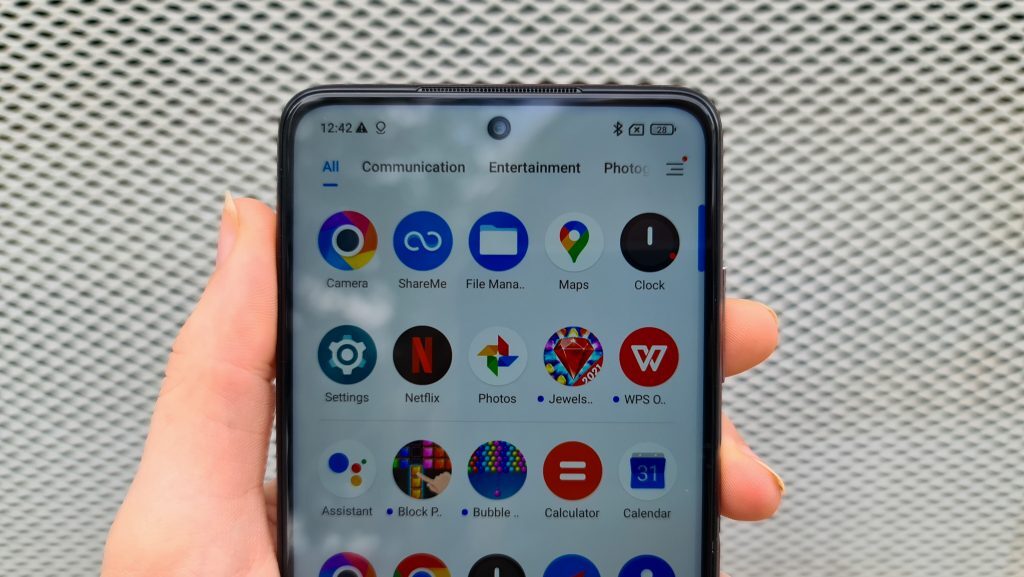
Peek inside, however, and you’ll find your main reason to buy this device: that Qualcomm Snapdragon 860 SoC (it’s got 8 cores), combined with 8GB of RAM and 256GB storage, a dual-SIM (in some variants) and MicroSD slot.
It’s a powerful device and will power through most daily processes with absolute ease. It’s aimed at the mobile gamer market and we get why. The Snapdragon on-board is slightly dated, but completely capable of running all mobile games on the market. The beefy RAM allocation supports the SoC with its Adreno graphics to output smooth gameplay.
Then there’s MIUI on board – while Stuff generally disapproves of most Android skins, this one isn’t all that bad. Its bloatware is present, but not excessive, and it features a few nice gimmicks.
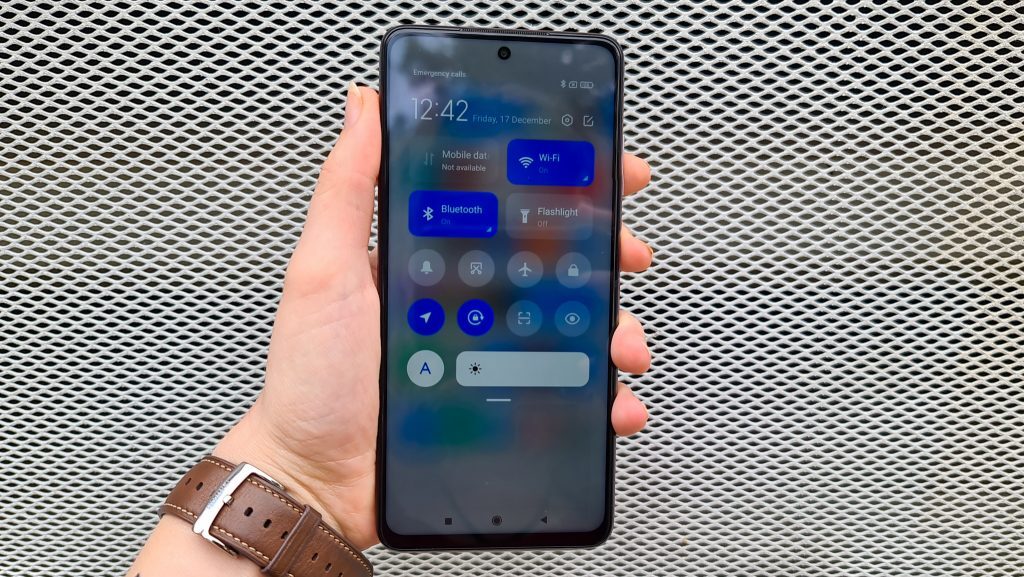
MIUI 12 is packed with features such as a Game Turbo for optimisations and shortcuts, a Video Toolbox overlay, and a Second Space for privacy. You can customise the notifications shade to behave like iOS with split sections for quick toggles and notifications and you can switch between on-screen buttons and gestures for navigation.
But overall daily use is quite pleasant. The fingerprint sensor is snappy, battery life is great and you can run all your favourite apps and games effortlessly.
Just don’t shoot
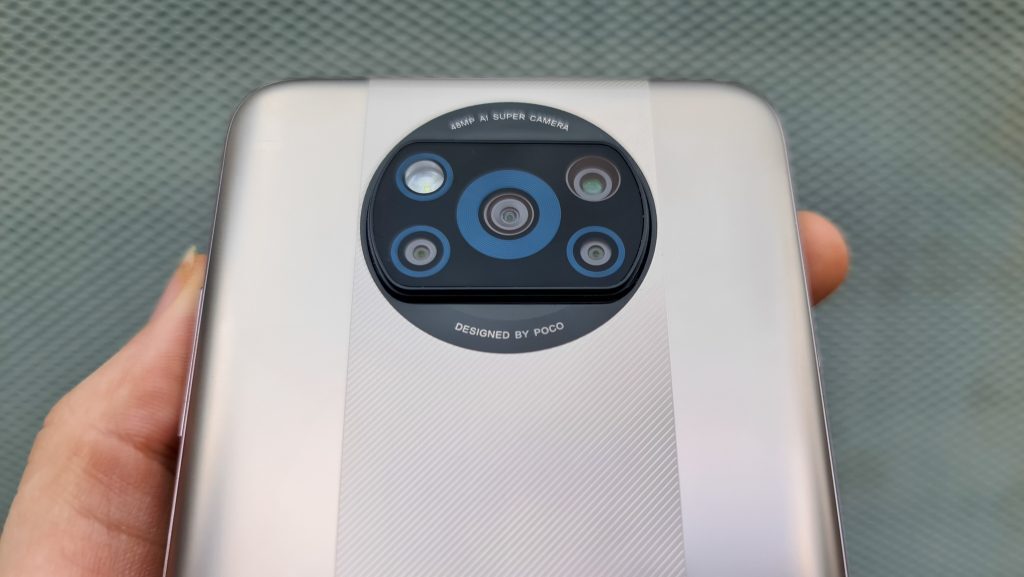
We mentioned this earlier, and we’ll say it again for emphasis: You’re not buying this phone for its camera.
In that circular rear camera housing, you get a 48MP primary shooter, an 8MP ultrawide, a 2MP macro shooter and a 2MP depth sensor. They function… fine – especially when you find yourself in good lighting conditions. But once you lose light, you lose quality. And don’t even think about zooming.
The colour reproduction is fairly unsaturated, and its dynamic range isn’t very strong. You will get a decent amount of detail in good natural light – so it’s not all a waste. You will lose detail when using that ultrawide shooter, though, along with warped edges.
The 20MP selfie cam is sensible and it’ll capture your mug to the best of its abilities every time. You gain access to a few portrait features, which is nice. You may find that it exaggerates its beauty filters, as you’ll find with most Chinese smartphones.
Video recording goes up to 4K 30fps with the primary rear camera. Don’t expect any stabilisation on board. Just like with stills, the quality is ok for casual use
Poco X3 Pro Verdict
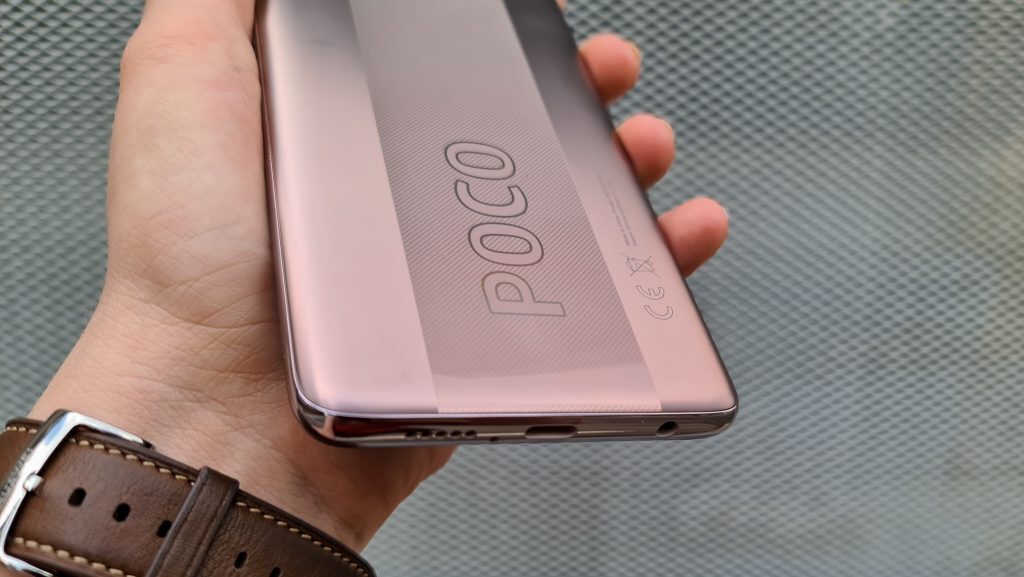
It’s so exciting to finally see the Poco brand in South Africa, and while it isn’t the prettiest handset, the X3 Pro offers a bucketload of value for its price. And that’s just going on the internal hardware.
And while we give the camera and design flak, it’s really not all that bad. Xiaomi offers a stellar experience with MIUI 12, and the 120Hz screen functions like a dream. The whole experience feels premium, especially if you don’t look at the back. Or cover it with a solid-coloured cover out-of-the-box. There’s even an IP53 rating, an auxiliary audio port and stereo speakers, while it’s missing 5G.
You get all of this and more for around R6,400. Not bad, Xiaomi.

